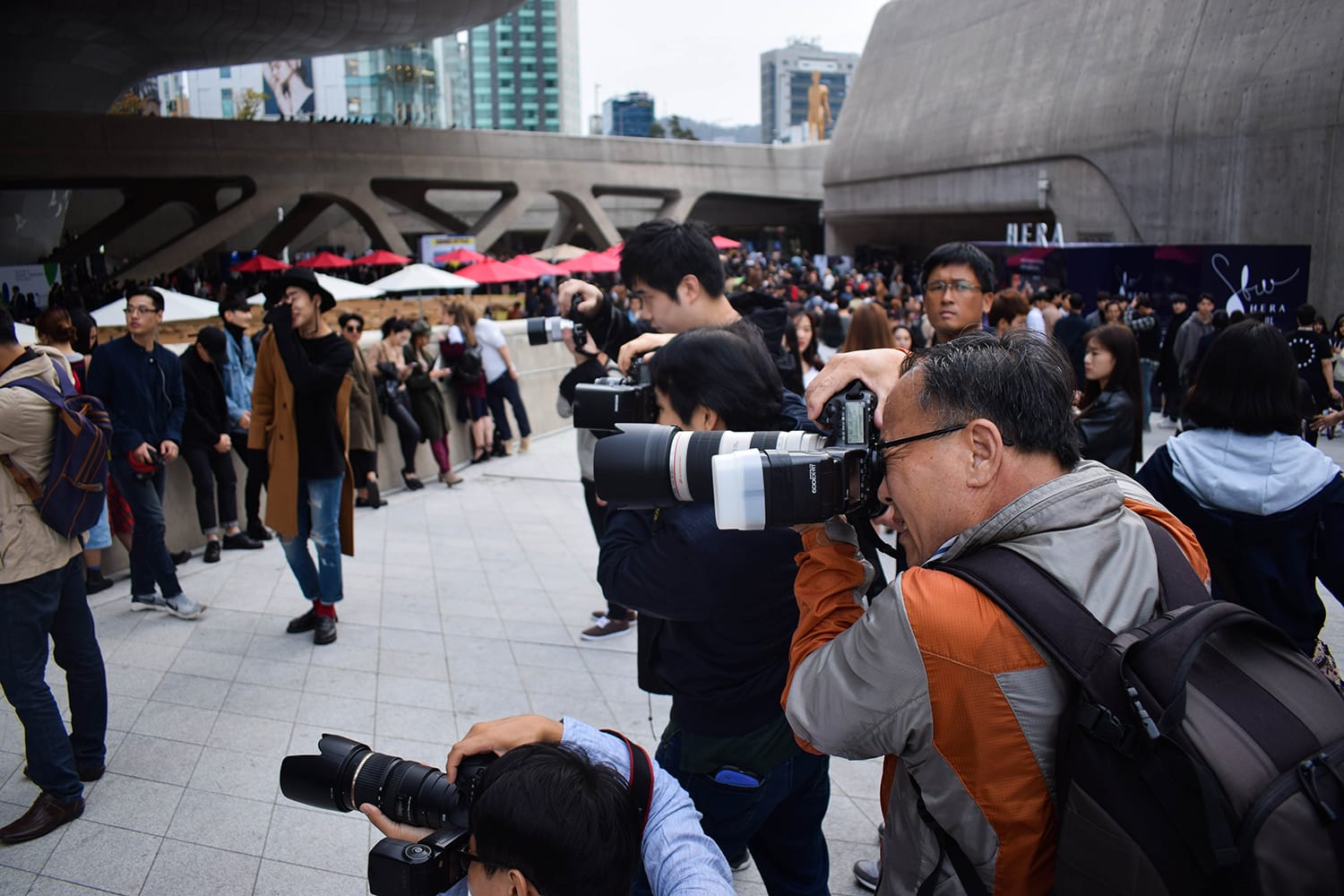Top 5 Tips for Writing a Photographer’s Resumé That Will Get You Hired
When preparing a resumé, it should cater to the position you’re seeking. For people who work in the visual arts industry such as photographers, a resumé goes beyond the written word. It needs to incorporate evidence of what you’re capable of.
Your style and skill as an artist are demonstrated through the samples you provide. It gives prospective employers a chance to get to know you and your abilities before they even meet you. But, as with any resumé, the one a photographer submits must be enough to whet the appetite of the reader.

There is a fine balance between too much information and too little.
So, what is required in a photographer’s resumé?
Like any other resume, a photographer’s resumé must include a written component. Drafting this written section is vitally important. Similar to your work, it is a snapshot of the sum of your education and experience.
Choose the font and spacing wisely. You don’t want a flowery font that’s hard to read or which is too small. Unless you’ve got many years of experience and several accolades, the written section of your resume should be no longer than one page. Being too long-winded can result in the reader losing interest.
1. Write a personal profile
This gives your name, contact number, your area of residence, and email address. Some writers suggest that you do not include all this profile information on the very first page. They also suggest not giving your exact address, as resumes are often not treated confidentially by prospective employers. As Garry Wilson, an HR specialist states:
“You don’t want your contact details visible to anyone who sees your resume lying around. It is a good idea to start your resume off with a cover page. It should contain your name, and an image you’ve captured that you think is eye-catching and relevant to the position”.
On the second page, you can give a more detailed profile of yourself. Make sure you include a valid email address and telephone number. If you have an email address that doesn’t reflect your name, it’s best to create one for the purposes of job applications.
2. Write about your education and experience
For education, list the institutions you’ve studied at, what qualification you obtained, and the duration of your studies. For example, you could say Brookings University, Bachelor of Arts degree in Photography, 3 years (2001-2003). Work backward, putting your most recent qualifications first.
For experience, list the name of your employer, what position you held, and how long you held it. For example, you could say Daily Globe, Senior Photographer, 2011-date. Work retrospectively again, as you did with your qualifications. For each position, give a maximum of 4 points briefly detailing your responsibilities. Be more detailed about your most recent position as it’s the most relevant to your prospective employer.

3. Sell yourself
Write briefly about any rewards and recognition you have received for your work. State which award you won and when you won it. Include a hyperlink to the image or add it to the resume. If you’ve received many awards, it might be a good idea to confine yourself to the most significant or recent ones. Give this section a heading such as ‘Honors and Awards.’
4. Talk about your strengths and skills
This section should be specific to the position you’re applying for. Don’t make a generic one which you use for every job application. Look at the requirements for the job. Write about your personal traits and skills that would make you an asset to the organization. Put your writing in point form. Keep the points short and relevant. When you write rambling sentences that don’t get to the point, the reader stops concentrating.
5. Samples of your work
This can be a tricky one. Be very selective about the images that you include. Again, don’t be tempted to pick some good ones and use them in every job application. The samples you choose can count against you no matter how impressive your resumé. If they are not relevant to the position, they may put your prospective employer off.
There is also some debate as to whether you should save your samples until last or intersperse them between the sections of your written resume.Slotting them between written sections can be distracting. It’s generally accepted that you should keep the written and visual sections separated. Think about how many images to submit. Too many can make you look over-confident, but too few can make you look under-experienced.
Tailor your resumé to the job you’re applying for. Save your resume as a PDF so that you can print a hard copy to submit or email a soft copy. Make sure that any hyperlinks you include open. Be concise in your wording but use punchy verbs and sentences that make an impact. Don’t be afraid to talk yourself up but be honest with the facts you include.
